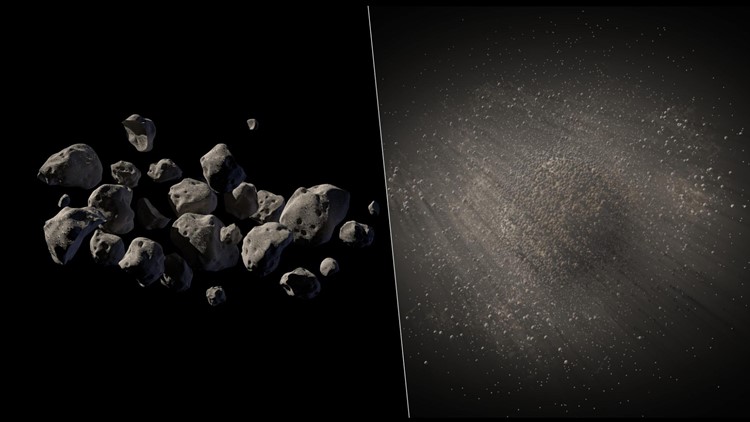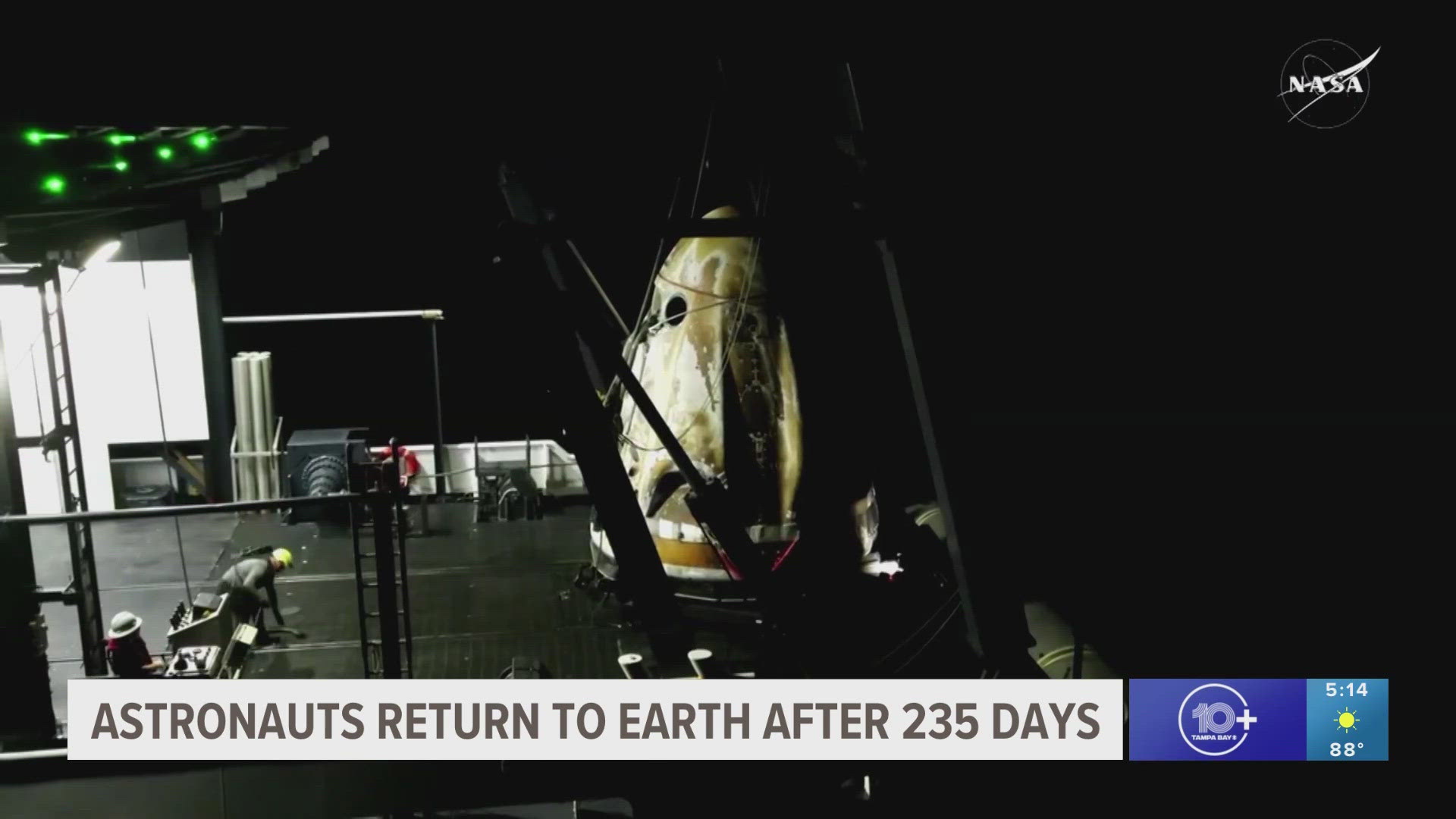TAMPA, Fla. — While you're reading this, there's a good chance the Earth will be hit by an asteroid.
Now, don't worry, it's nothing like a scene out of your favorite action or sci-fi film. We're talking about debris a few meters in size or smaller. NASA says it rains down on the planet we call home more frequently than you think.
"Small asteroids and other tiny particles bombard our planet daily, but almost all of them burn up safely in the atmosphere," NASA wrote.
So, how much debris are we talking about? Experts say 80 to 100 tons of material falls down on Earth on a daily basis. Luckily it's all small enough to burn up in the atmosphere and create events like fireballs instead of making impact.
"Over the past 20 years, U.S. government sensors have detected nearly 600 very small asteroids a few meters in size that have entered Earth’s atmosphere and created spectacular bolides," NASA wrote.
But larger asteroids do exist in our solar system and are being monitored by NASA's Planetary Defense Coordination Office.
"It’s important to find asteroids before they find us, in case we need to get them before they get us," NASA Planetary Defense expert, Dr. Kelly Fast, said.
The office helps track and characterize at least 90-percent of the predicted number of near-Earth objects measuring up to 140 meters and larger. To put that into context, the team helps track asteroids that are larger than the size of a "small football stadium."
Why? These are the asteroids that pose the greatest risk to Earth should the two ever encounter each other.
"If an asteroid impact threat is discovered years or decades in advance then a deflection mission might be possible," Fast said.
And while NASA says no known asteroids of that size are expected to hit Earth within the next 100 years, it's always better to be prepared.
That's why the nation's top space agency is sending a spacecraft into the path of an asteroid called Didymous that is currently more than 11 million miles from Earth.
The DART, aka, Double Asteroid Redirection Test, will test technologies that "could be used to prevent Earth from being hit by a hazardous asteroid in the future."
To do so, the mission will send a high-speed spacecraft into the asteroid's path in hopes of deflecting or steering it away and onto a different trajectory.
To date, NASA says there are 1.1 million of the rocky remnants in our solar system.



